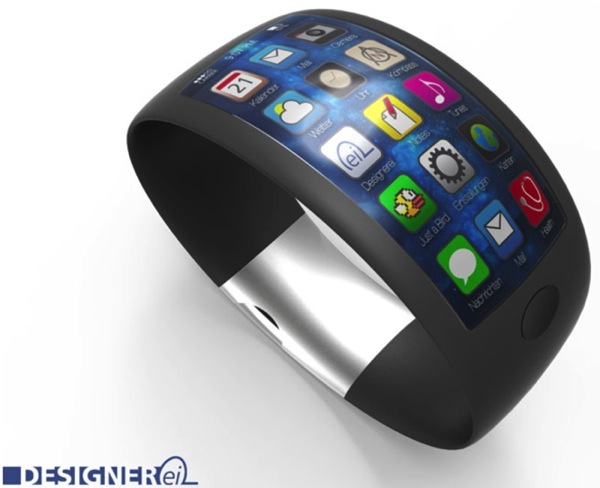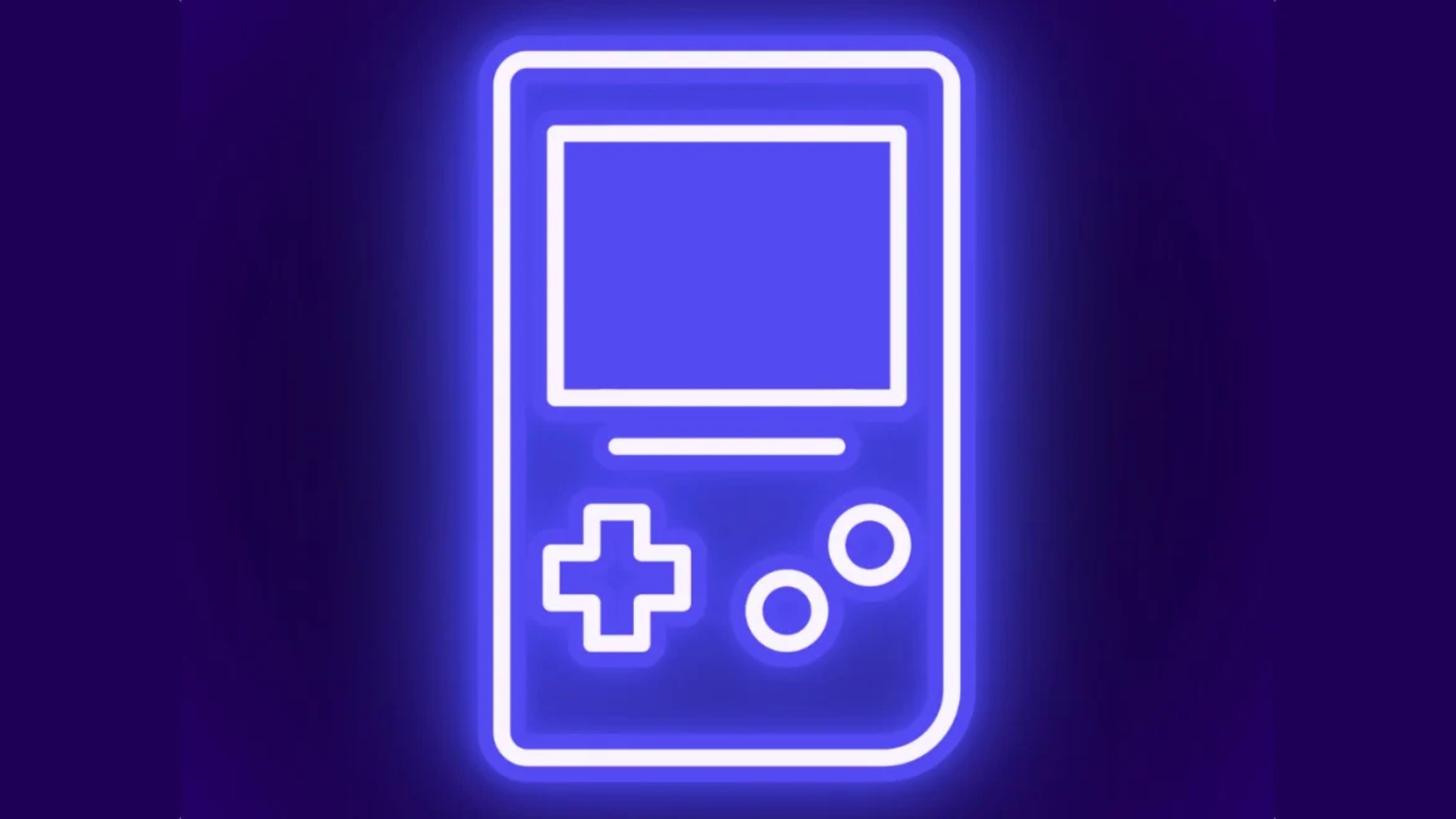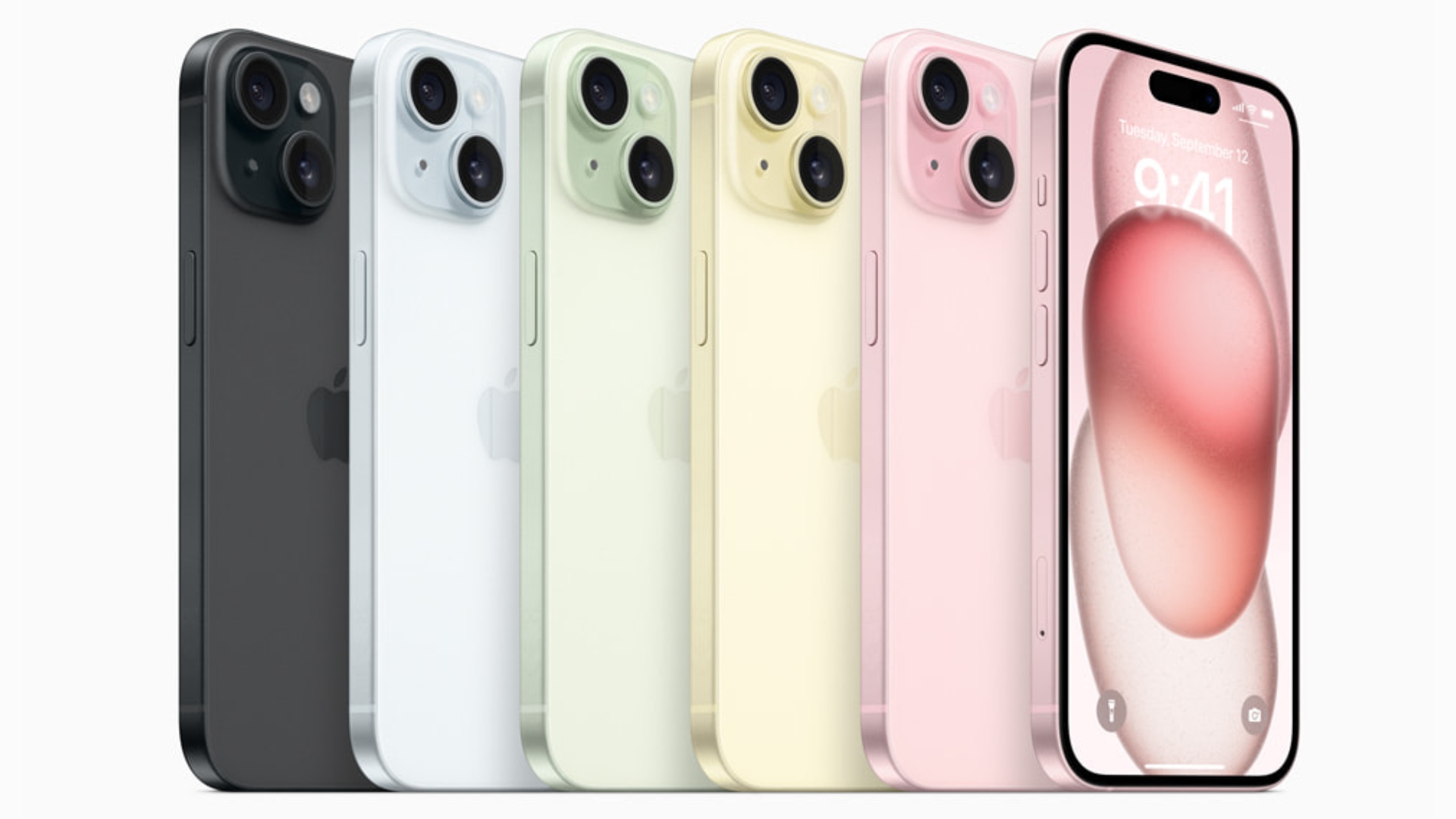
TKP to Provide AMOLED iWatch Display [Rumour]

Sources speaking to the China Times have revealed that Apple has allegedly chosen TKP to supply flexible AMOLED displays and 3D protective glass for the highly anticipated iWatch. The Taiwan-based supplier won’t start mass production until the second half of 2014, however (via Digitimes).
The report said the iWatch will come equipped with a flexible AMOLED display and 3D protective glass. The rumors also speculated that the iWatch will use silver nanowire touch screen technology developed by TPK in conjunction with Japan-based Nissha Printing.
The same sources suggest Apple will use silver-nanowire technology in its upcoming product, as a result of a strategic alliance between TKP and Japan-based Nissha Printing. The two have developed silver-nanowire touch panels, and if the rumours are true, TKP will be able to provide 2 million units per month.
The TKP Film solution is said to produce silver-nanowire plastic film to make GFF (glass plus two layers of film) and F1F (glass plus one layer of film) touch panels, with targeted terminals being between 5- and 7-inch devices. Silver nanowire will likely replace expensive ITO film, the company said back in November.
Silver nanowire is a nanostructured inorganic material that produces a transparent conductor coating. Silver nanowire technology has excellent electrical and optical properties coupled with outstanding flexibility. Single-crystal silver nanowires can be coated onto various substrates, including glass, polycarbonate, and PET film. Filmbased touch sensors made with silver nanowires are light, thin, and shatterproof. The nanowires also create a flexible transparent conductive layer that is conducive to bendable and curved form factors, or devices with touch capacities wrapped around their edges. Already a leading ITO competitor for large-area touch applications including ultrabooks and all-in-one computers, durable silver nanowires are ideal for emerging mobile technologies, a JP Morgan study higlights.
As it turns out, silver nanowire stands out because of its higher conductivity, an advanced manufacturing process (it doesn’t require the expensive vacuum application required by ITO), and outstanding flexibility. The technology is already used in Huawei’s Ascend smartphone.
But it has cons as well – for example, high material costs – although the unit costs seems to be comparable to ITO, and currently Cambrios, a California-based company, appears to be the sole provider of the silver-nanowire ink in the market. Cambrios has a few strategic investors, including as Samsung and TKP and Nissha Printing is one of its clients.

